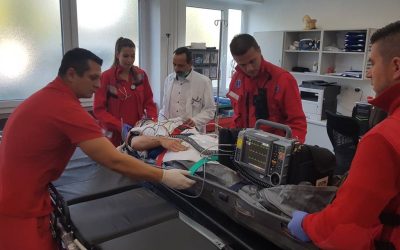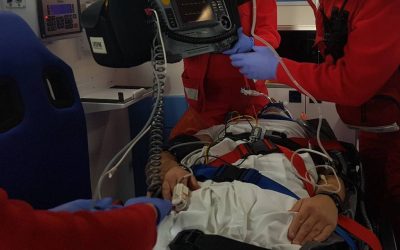Contraindications for intubation in rapid succession are relative and depend on a number of factors such as clinical circumstances. The use of certain drugs may be contraindicated due to the risk of potential side effects of the drug being administered, the patient's...
Rapid Sequence Intubation
Risk assessment for RSI (4.)
When considering the risk associated with Rapid Sequence Intubation (RSI), several factors should be evaluated before proceeding with this airway management technique. RSI is a high-risk procedure that carries potential dangers and complications, so a thorough risk...
Intubation in rapid succession (3.)
For RSI, there are several assumptions that are characteristic of this technique, namely that the patient has a full stomach, must be able to secure an airway, and there is a greater chance that the patient will survive if this airway management technique is applied....
Oxygenation and ventilation (2.)
The nervous system regulates and controls breathing. Although to a lesser extent, we can partially control our own breathing. Oxygenation is a complex process of delivering oxygen to the lungs and transporting it throughout the body. The ultimate goal of oxygenation...
Rapid sequence intubation (1)
Rapid sequence intubation (RSI) is an advanced airway management technique. The aim of this technique is to reduce the risk of aspiration of gastric contents and to prevent injuries that may occur during intubation when it is assumed that the patient is not fasting...
Neuromuscular relaxants
Neuromuscular relaxants are a group of drugs used to induce muscle relaxation in patients during general anesthesia or intubation. These drugs act on the neuromuscular junctions, blocking the transmission of nerve impulses to the muscles and causing temporary muscle...
Medicines for sedation, sedatives
Sedation drugs, sedatives, there are various drugs used to sedate patients before procedures such as intubation. Here are some commonly used sedation medications: Propofol: Propofol is a commonly used intravenous sedative that is fast-acting. It causes rapid induction...








